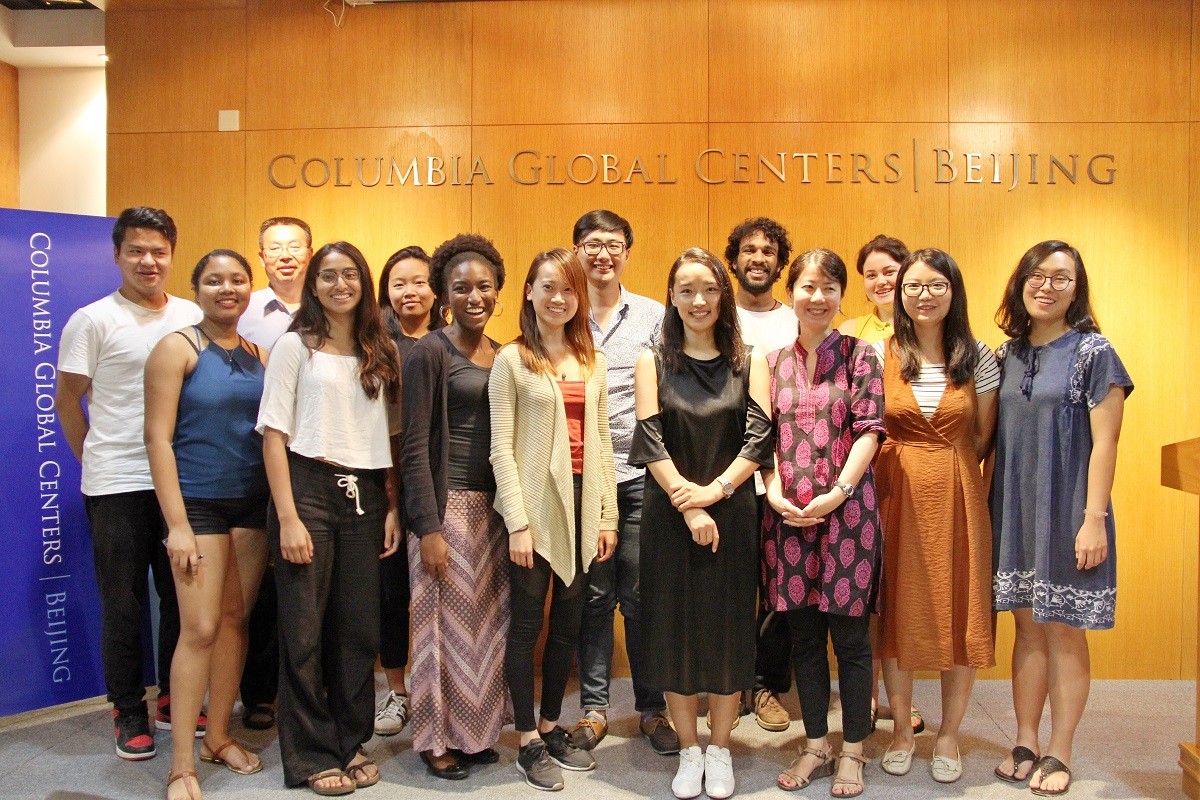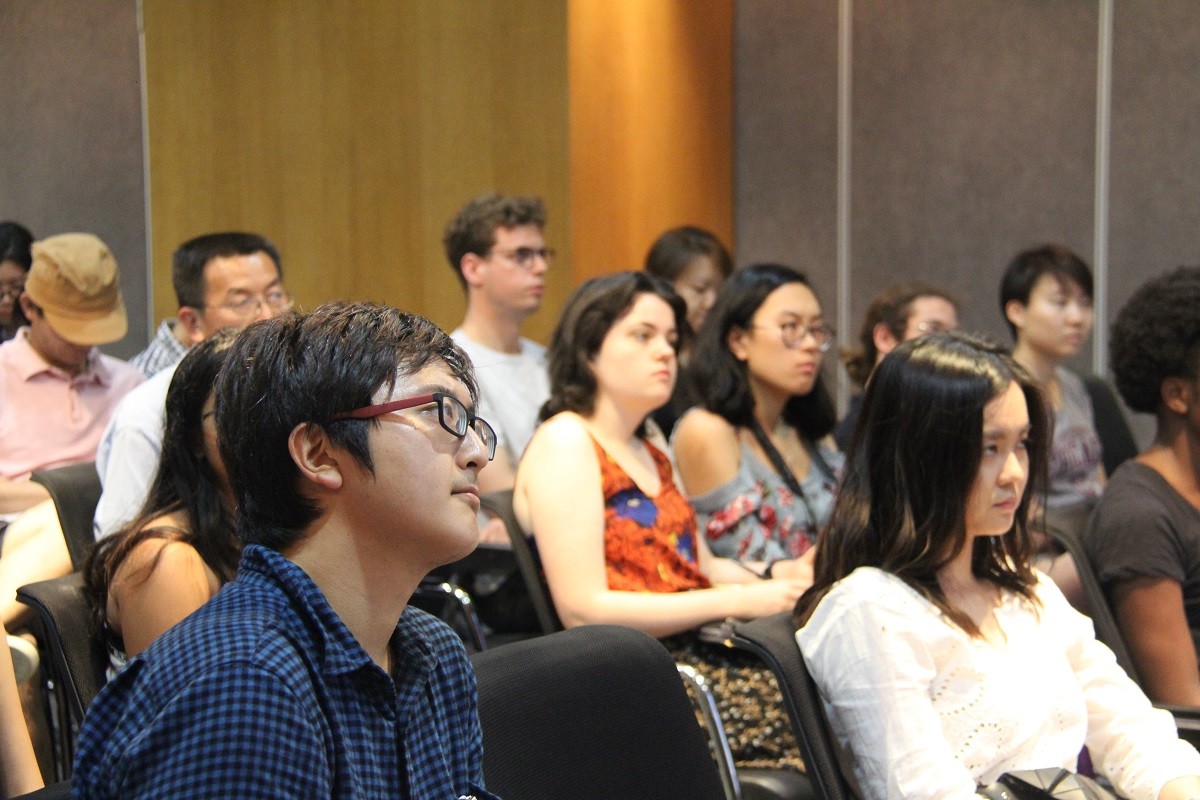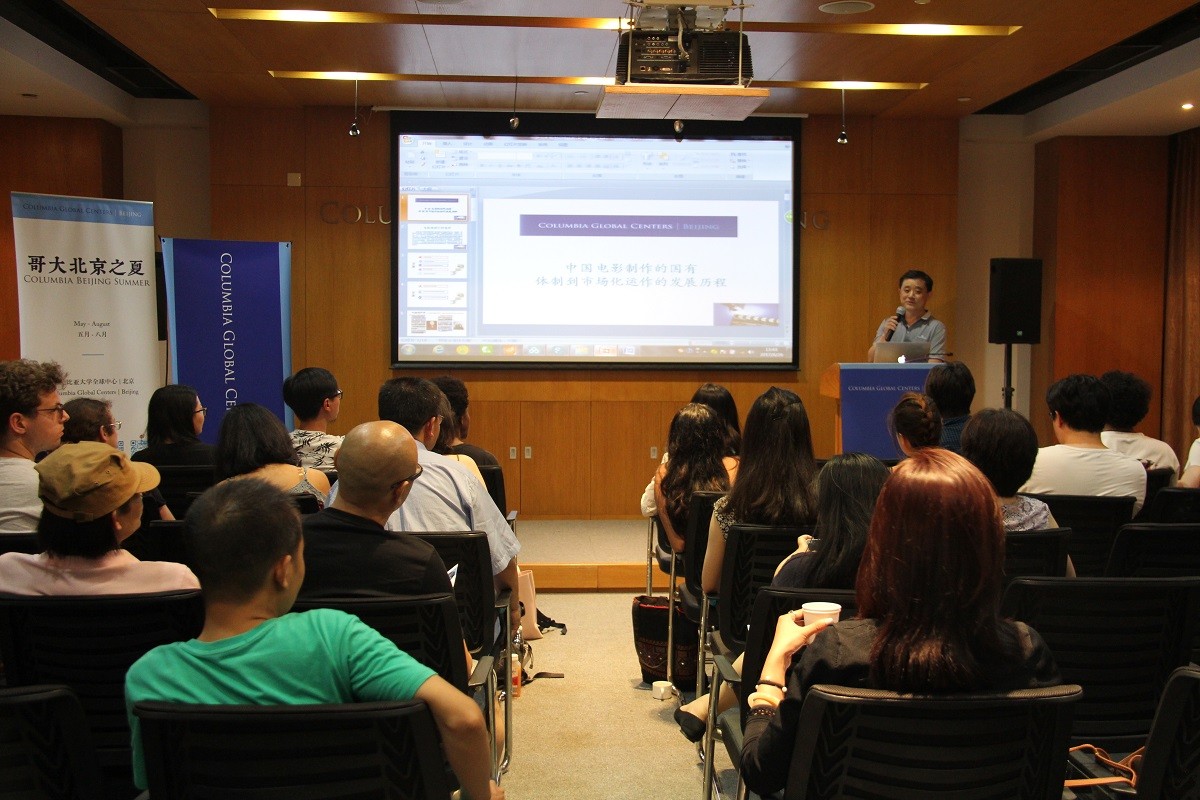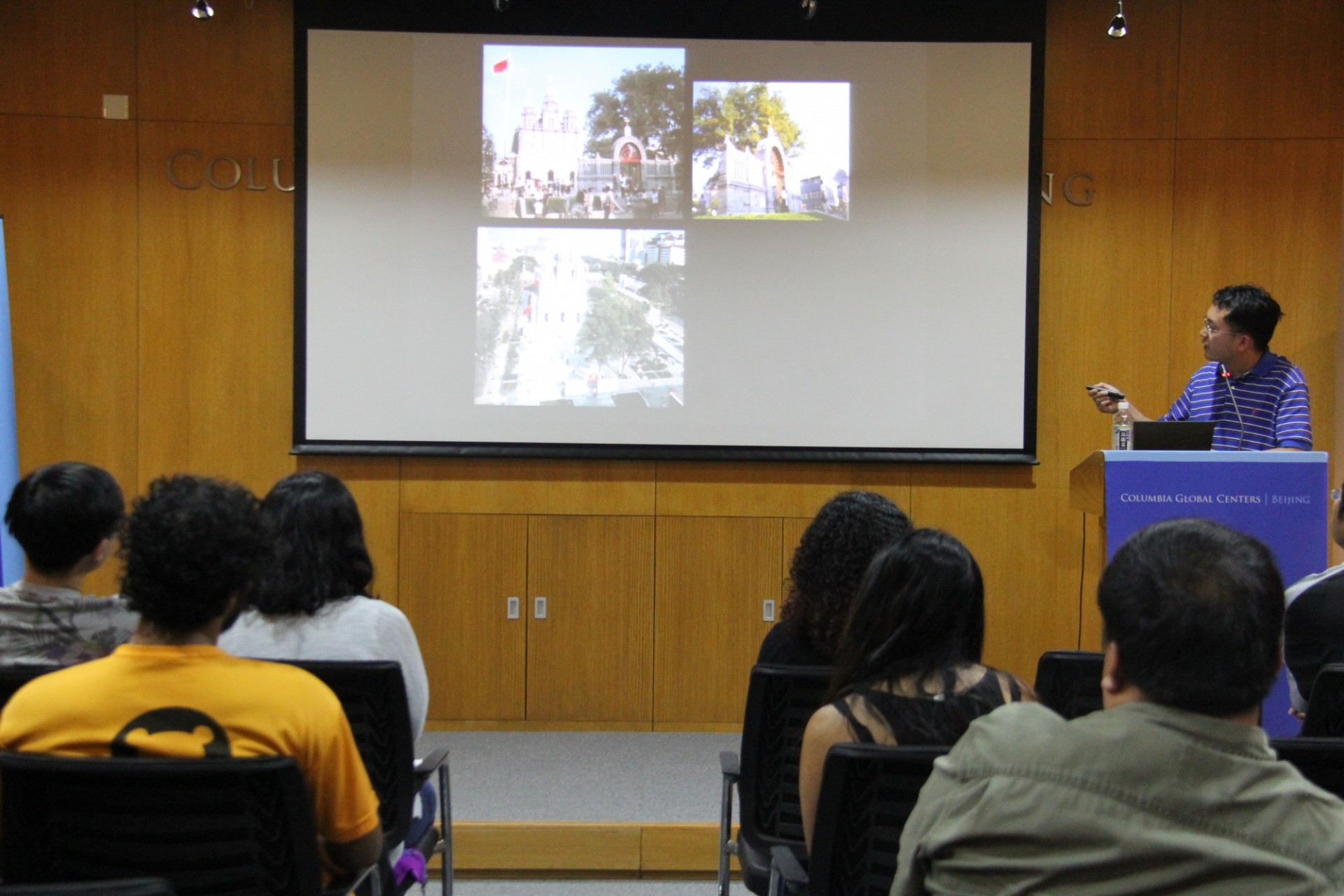Global Scholars Program (GSP) 2017- “Cultivating Asian Media Perspectives”

Globalization and technological advancement have created a worldwide audience for Asian cinema. The film industries in China and India, for example, are among the oldest and largest in the world. However, few opportunities exist for students to immerse themselves in their comparative study, appreciate the diverse influences and histories of these industries, or examine how their narratives have transformed over the years.
In light of this, the Columbia Global Centers in Beijing and Mumbai launched an intensive six-week summer program on Media Practices in China and India. Led by Columbia University film scholars Debashree Mukherjee and Ying Qian, 12 undergraduate students at Columbia got an opportunity to pursue learning in real-world settings – through visits to media production sites and meetings with a wide array of media practitioners.
The program was split equally between India and China, with students spending three weeks in each country, and was organized as part of the Global Scholars Program (GSP) in collaboration with the Weatherhead East Asian Institute and the Office of Global Programs at Columbia. Unlike traditional study abroad programs, GSP builds on the expertise, resources, and cross-regional networks offered by the Columbia Global Centers, enabling students to delve deeper into their interests and conduct research across borders.
As Mukherjee, Assistant Professor, Department of Middle Eastern, South Asian, and African Studies at Columbia, pointed out, “Both Ying and I are committed to building greater academic visibility for non-Western cinemas and media forms. We wanted to practice and teach comparative ways of thinking, especially in a world of digital proliferation that strangely makes us more insular in terms of what we choose to see or engage with. Taking students to both Mumbai and Beijing seemed like a wonderful opportunity for them to gain first-hand exposure to unfamiliar images and alternative image-making conventions.”
Qian, Assistant Professor, Department of East Asian Languages and Cultures at Columbia, initially designed a proposal for Hong Kong and Beijing. “Debashree independently developed a proposal for Mumbai at the same time. Both our proposals stressed the need for inculcating non-Western media perspectives and tried to take cinema out of the fictional realm, into the social realm. And as it turned out, China and India were a natural match – both new, postcolonial nations with a history of ethnic violence and close regional political ties. This (GSP) was an amazing opportunity for us to work together,” she said.
Throughout the program, students participated in classroom discussions with several senior local scholars in arts, culture, architecture, film, and communication. They engaged in conversations with scholars and practitioners from the National Art Museum, Communications Museum at the Communication University of China, Documentary Study Center of Beijing Normal University, Sohu.com, and the Migrant Workers’ Museum at Picun. They also visited the Communications Museum at the Communication University of China, a cinema exhibition at Lumiere Group, Summer Palace, Beijing Exhibition Hall of City Planning, Tian’anmen Square, and the Beijing Hutong area. With classroom lectures and assignments led by the leading faculty, students gained extensive knowledge about the course theme and sensational inspiration.



